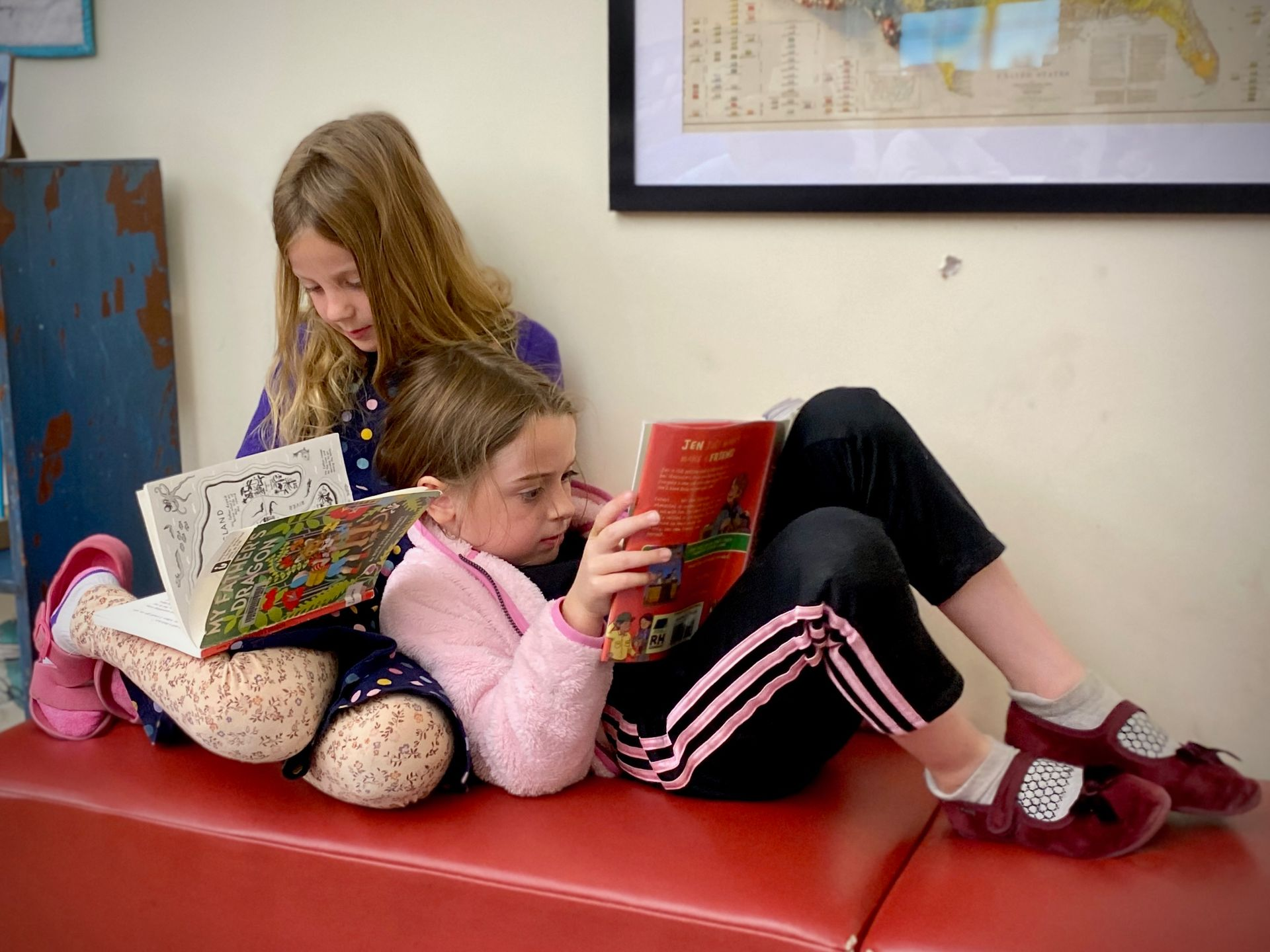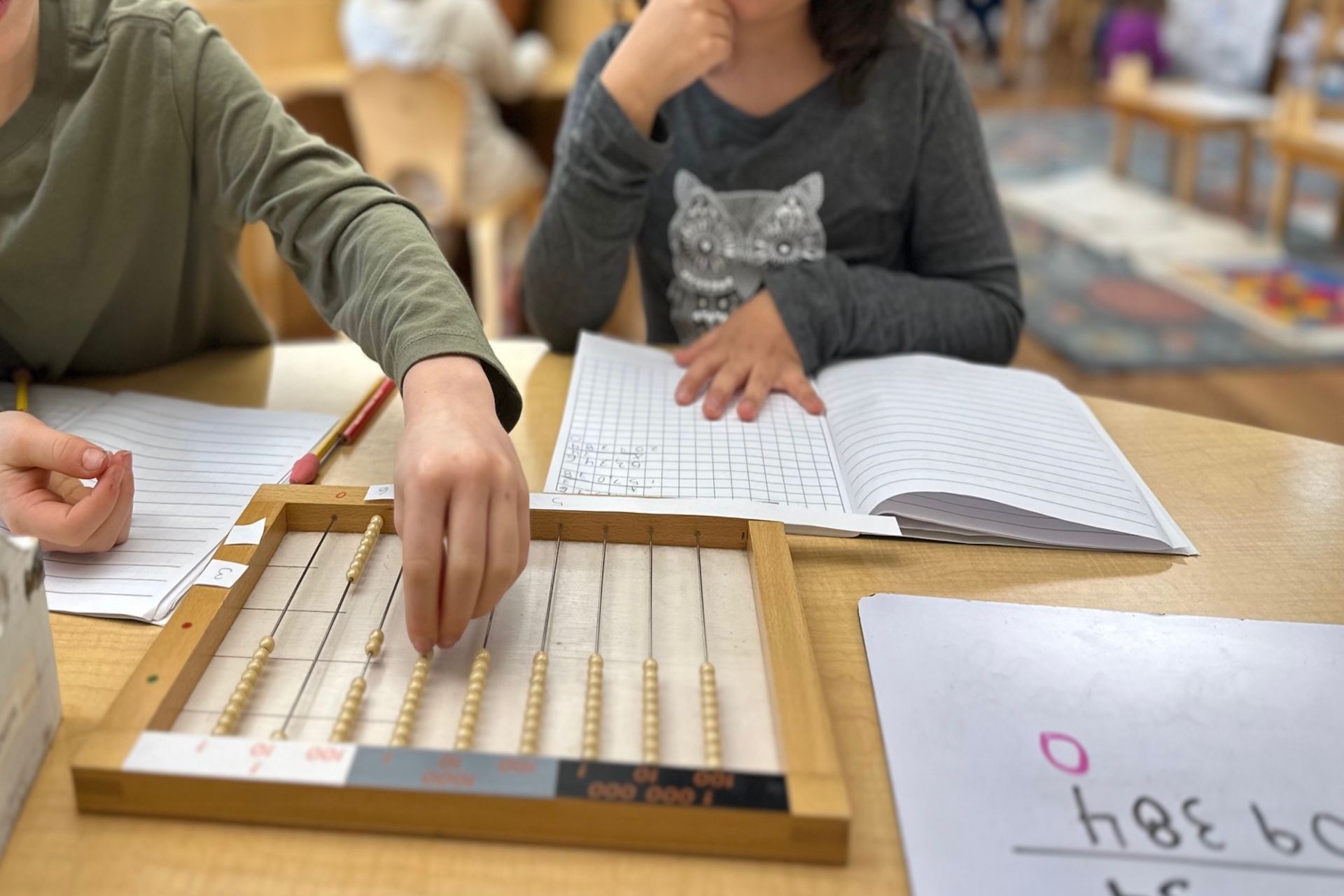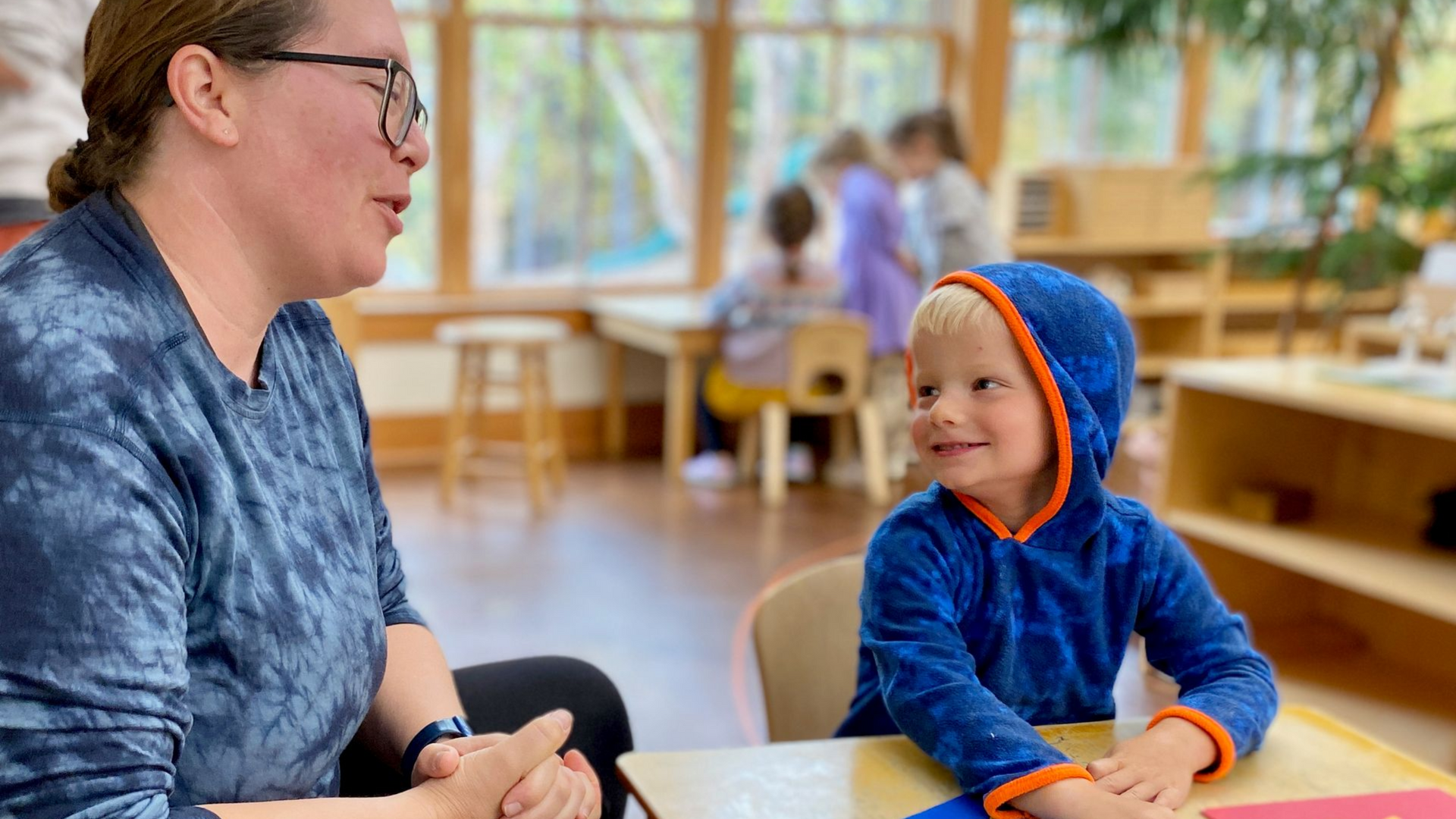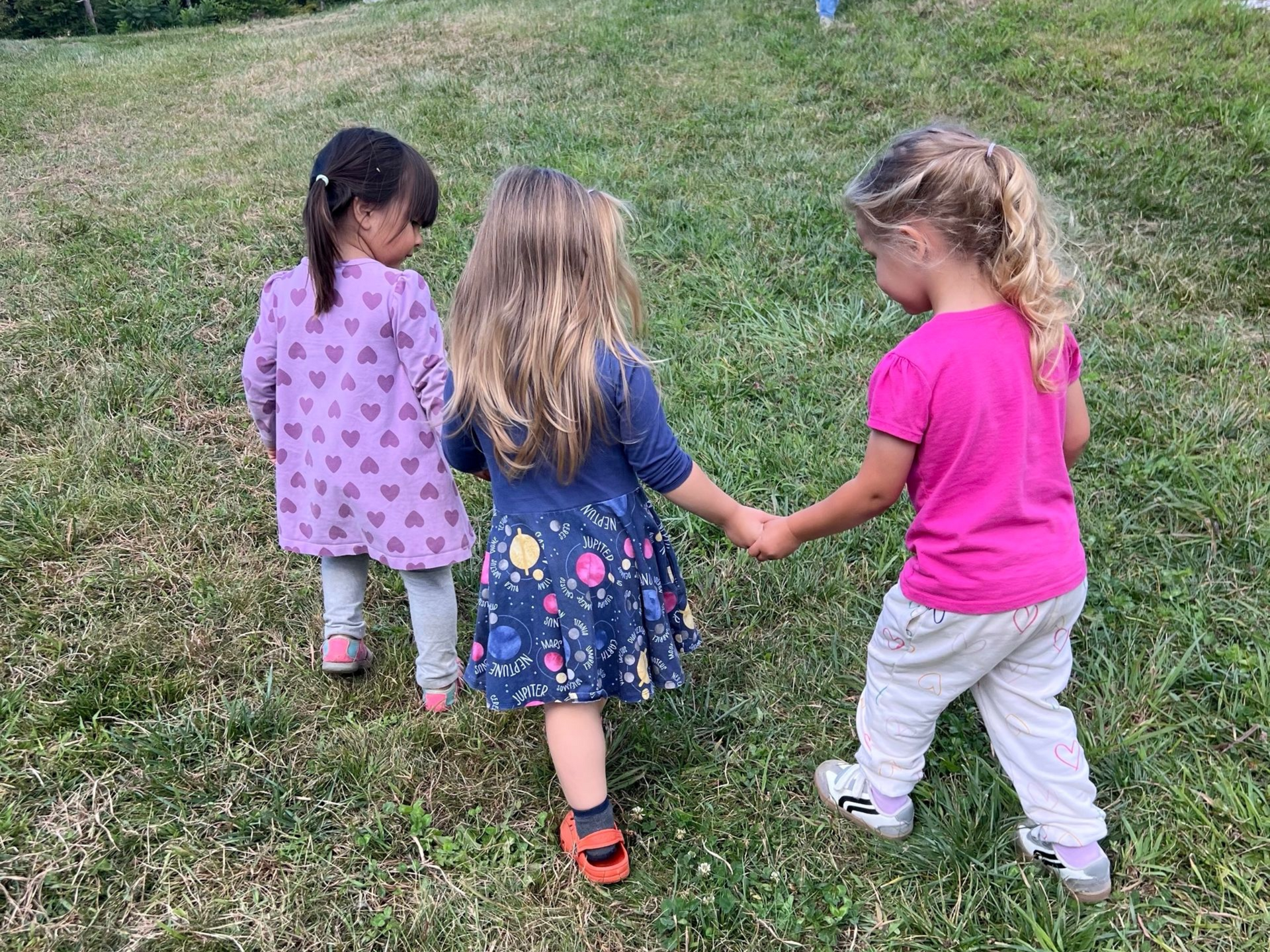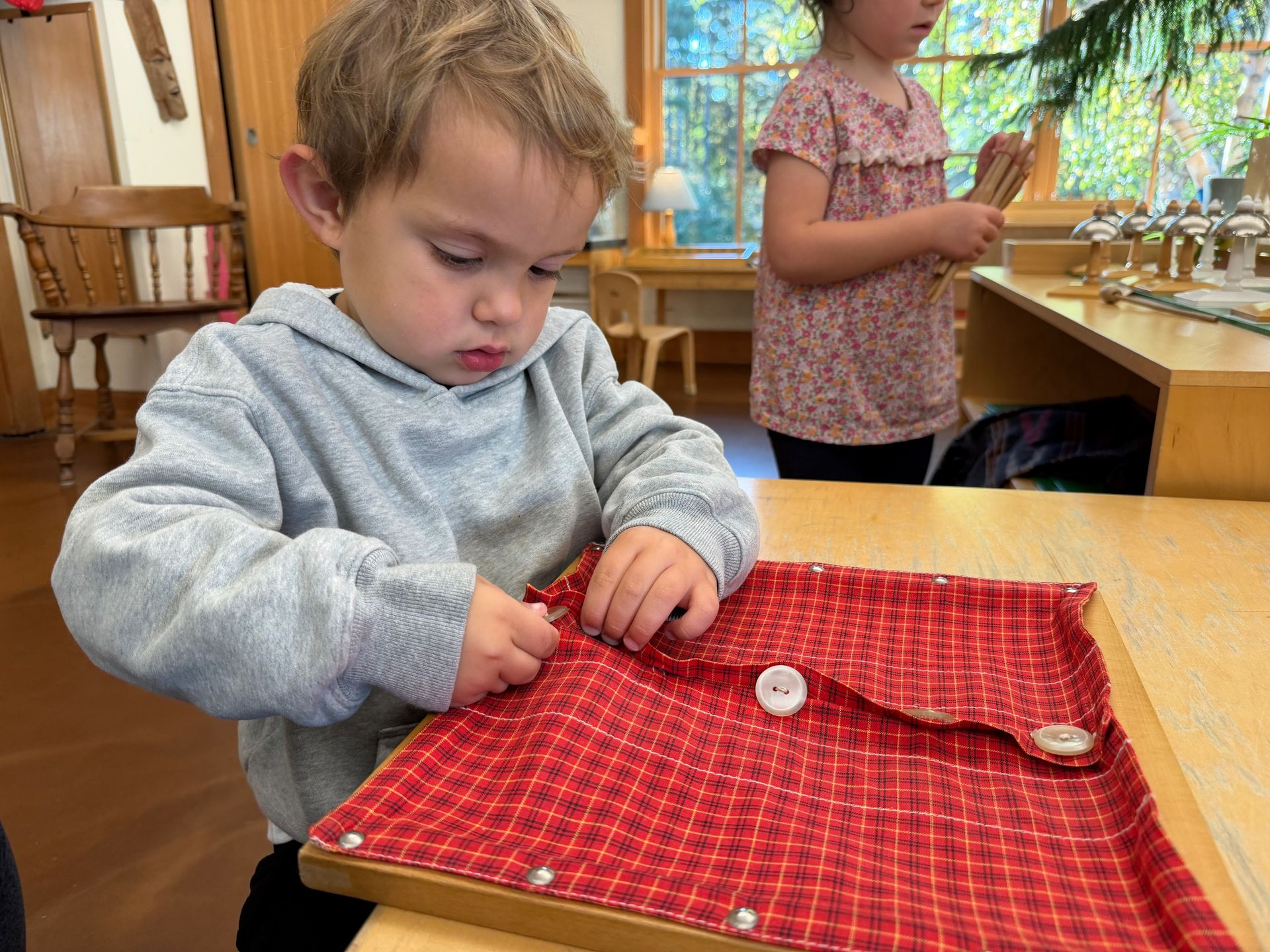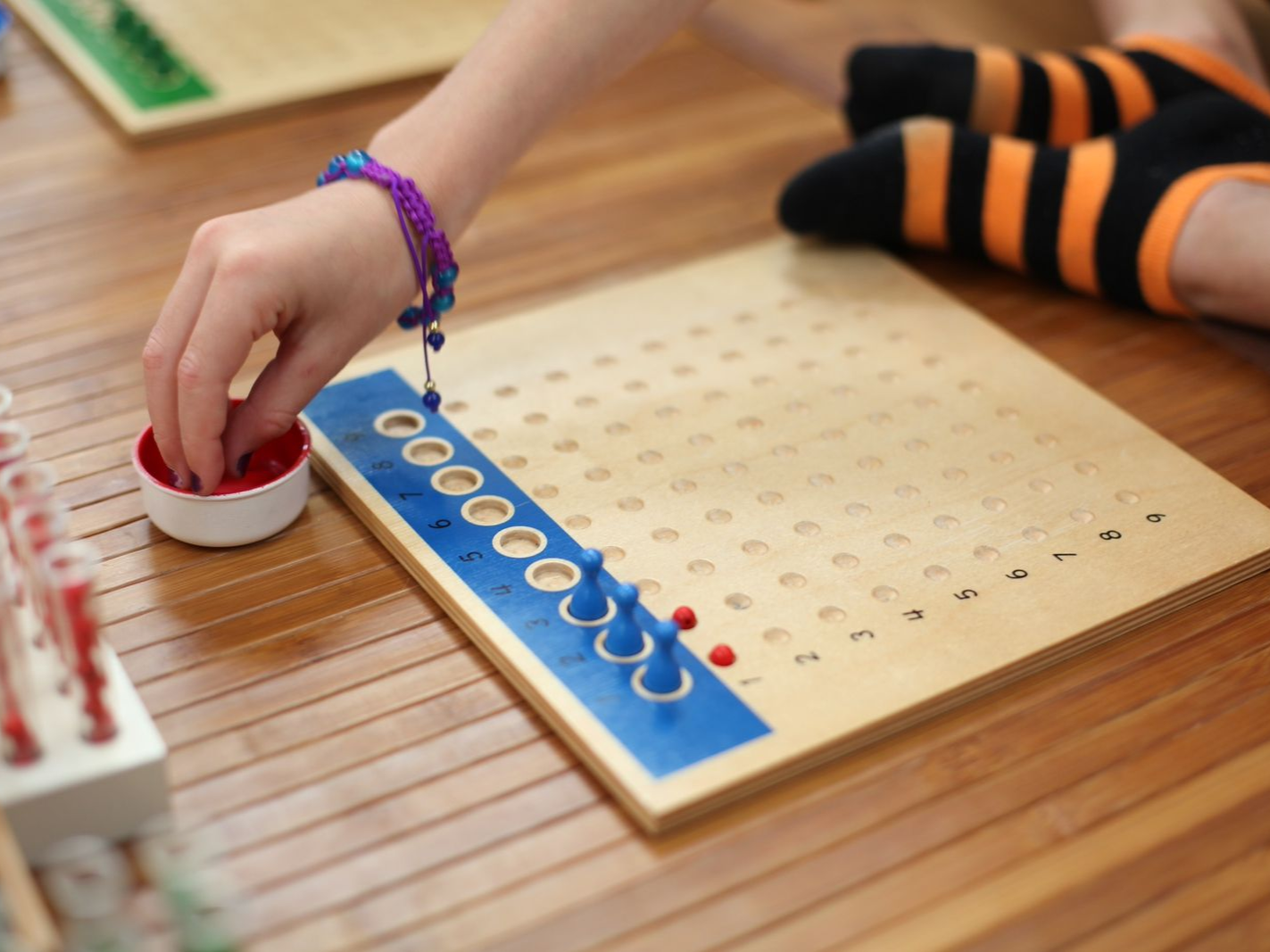Let’s Talk Lunch

The beginning of a new school year is nearly upon us. For many families, this means packing a daily lunch for your child to take to school. Whether this is your child’s first year doing so, or you’re just looking for some fresh ideas to keep things simple, healthy, and fun, read on.
What lunch is (and isn’t)
Lunch is an opportunity for your child to refuel and nourish themselves in the middle of the school day. They’re working hard and growing lots, so eating healthy food will keep them feeling good through the afternoon.
Lunch doesn’t have to be Pinterest-worthy. (Although it absolutely can be if you’re into that.)
We have all stumbled upon those photos of cute bento boxes with flower-shaped cucumber slices. They really are adorable. But are they necessary? Let this serve as your reminder that lunches for your child can be lovely and ornate, or they can be lovely and simple. Both will be appreciated. Both will be gobbled up. Both will serve their purpose.
We are not here to shame the parents who do create these miniature culinary masterpieces. We just don’t want everyone to feel the pressure to do so.
Nutrition simplified
Raise your hand if you’ve ever experienced the following: Your child eats nothing but peanut (or nut) butter and strawberry jelly sandwiches for three months straight. You decide to be prepared and buy several jars of the coveted jelly. The next day, they declare they don’t eat peanut butter and jelly (perhaps even insisting they never did like it), and they decide they are ready to explore new foods.
We’ve all been there.
Even the most adventurous eaters get into ruts sometimes, then change their habits seemingly on a whim. It’s normal and will probably happen a number of times as their tastes develop.
The PB&J scenario does serve as a helpful reminder, however. Kids can have their nutritional needs met rather simply. Of course, we are not dieticians, and your best resource for information is your child’s pediatrician, but there’s room for a balanced diet even when it comes to more “selective” eaters.
When putting together a lunch, we like to consider the following: Does the lunch include some protein, fruits/veggies, carbohydrates, and healthy fats? If so, it’s a well-balanced meal. Even that nut butter and jelly sandwich checks off all the boxes. And there are countless ways of providing what kids need.
Here’s a great list in case you’re looking for one: The Essential School Lunch Grocery List
Keeping it green
We encourage families to utilize reusable containers whenever possible. We know there are times in all of our lives when convenience wins out over being green, but reducing single-use containers is one important way we can all care for the planet our children will inherit. If you’re reading this article, we know you could be anywhere on the spectrum; some folks rely heavily on prepared and prepackaged foods, while others make their own hummus out of the bulk chickpeas they cooked and soaked. Most of us are somewhere in the middle.
We have found the key is making one small change at a time, watching it become a habit, and then taking on another small change when you’re ready.
A few ideas (links are for examples; many of these types of products can be found in stores nearby):
Keep in mind, the greenest option is to use what you already have. If you choose to purchase items for packing lunches, consider selecting products that will last for many years.
Utilizing little helpers
You probably won’t be surprised to hear us suggest having your children be involved with making their own lunches. This involves a little teaching and learning in the beginning, but in the long run your child will become more independent and you will have a little more time to focus on other things.
Start by modeling. Have your child join you in the kitchen as you prepare their lunch and show them what to do. Slowly and deliberately go through each step in packing a lunch so they can have a good example of what it looks like.
Next, make lunch together. Have them join you in the kitchen again, but while you make a sandwich they can be chopping up some fresh vegetables. Team effort!
Ask your child what they would like to pack. Having them participate in the planning and shopping makes the task a fun activity for them and gives them more ownership over creating a healthy meal. Teach them what a balanced lunch needs and go over examples of what that might look like.
Lastly, let them do the work! Each of these steps could take a matter of days or weeks, depending on your child. Keep it fun, notice whether they need any more or less support, and revel in their ability to help care for themselves and contribute to their family.
We hope this article has given you some inspiration! Do you have any more ideas or suggestions for other families? We’d love to hear from you.




